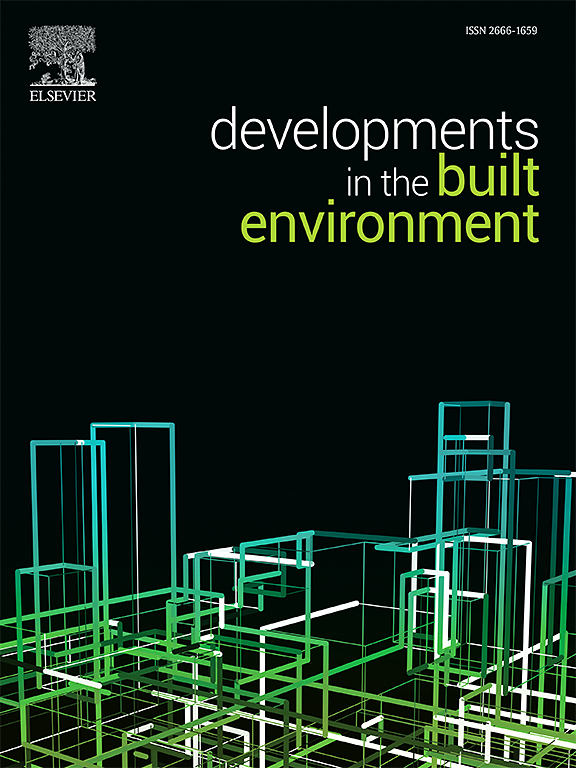The effects of wetting-drying and freezing-thawing cycles on mechanical properties of biopolymer-fiber treated soil
IF 8.2
2区 工程技术
Q1 CONSTRUCTION & BUILDING TECHNOLOGY
引用次数: 0
Abstract
Biopolymer-fiber treated soil has great application potential in civil engineering with better mechanical properties and environmental sustainability. However, the durability and strength degradation rules of biopolymer-fiber treated soil with different residual moisture content (RMC) values subjected to severe weathering cycles remain unclear. The effects of wetting-drying (W-D) and freezing-thawing (F-T) cycles on xanthan gum biopolymer-jute fiber treated soil (XJTS) with different RMC values are experimentally investigated. Particular emphasis is placed on mechanical strength characteristics, stress-strain behavior, failure patterns, and associated microstructural evolution encompassing pore structure modifications. The results show that when the RMC value of the XJTS material is higher, its mechanical strength is more affected by the F-T cycle. The effect of the W-D cycles on the pore size and distribution in the XJTS material was more significant than F-T cycles, and the percentage of microfissure (>100 μm) increased from 6.76 % to 50.01 % after the 20th W-D cycle.
干湿循环和冻融循环对生物聚合物纤维处理土壤力学特性的影响
生物聚合物纤维处理土具有良好的力学性能和环境可持续性,在土木工程中具有很大的应用潜力。然而,不同残余含水率(RMC)的生物聚合物纤维处理土壤在剧烈风化循环作用下的耐久性和强度退化规律尚不清楚。实验研究了干湿循环(W-D)和冻融循环(F-T)对不同RMC值的黄原胶生物聚合物-黄麻纤维处理土壤(XJTS)的影响。特别强调的是机械强度特性,应力-应变行为,破坏模式,以及相关的微观结构演变,包括孔隙结构的改变。结果表明:当RMC值越高时,XJTS材料的机械强度受F-T循环的影响越大;与F-T循环相比,W-D循环对XJTS材料孔隙大小和分布的影响更为显著,在第20次W-D循环后,微裂纹(>100 μm)的百分比从6.76%增加到50.01%。
本文章由计算机程序翻译,如有差异,请以英文原文为准。
求助全文
约1分钟内获得全文
求助全文
来源期刊

Developments in the Built Environment
Multiple-
CiteScore
7.40
自引率
1.20%
发文量
31
审稿时长
22 days
期刊介绍:
Developments in the Built Environment (DIBE) is a recently established peer-reviewed gold open access journal, ensuring that all accepted articles are permanently and freely accessible. Focused on civil engineering and the built environment, DIBE publishes original papers and short communications. Encompassing topics such as construction materials and building sustainability, the journal adopts a holistic approach with the aim of benefiting the community.
 求助内容:
求助内容: 应助结果提醒方式:
应助结果提醒方式:


